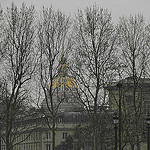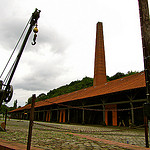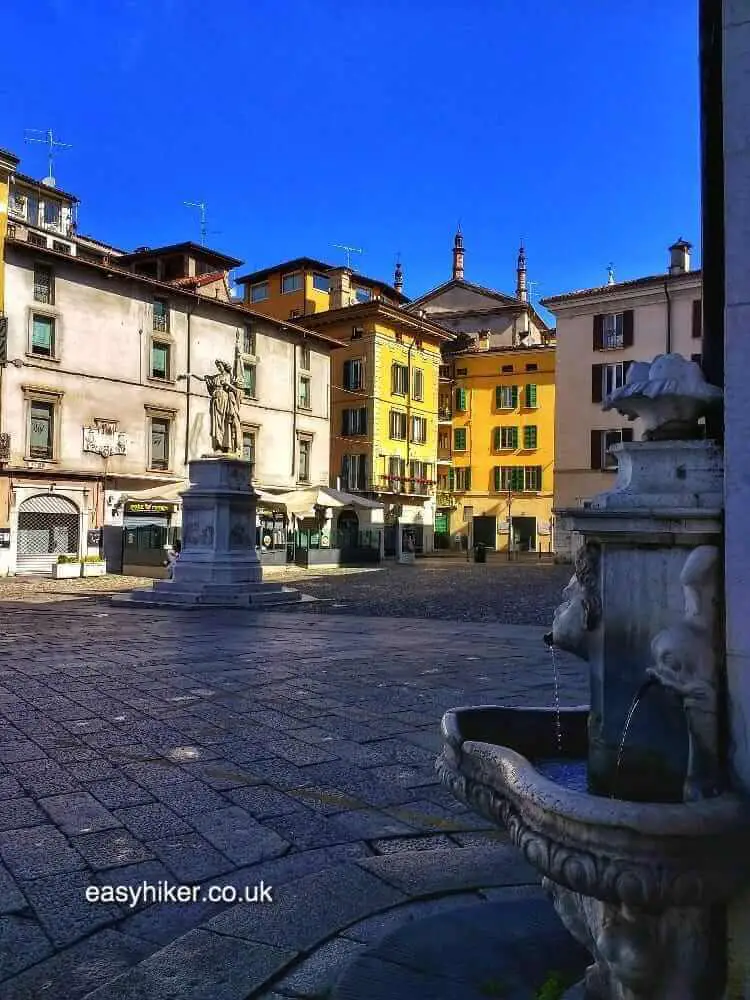Locals always tell visitors of Northern Sicily to do three things during their stay: go to Palermo and visit at least one of the city’s markets (been there, done that), take a swim at a coastal beach resort and to visit one of the region’s colourful villages and small towns.
And since these picturesque small towns are generally located on the coast, you can complete the last two of your missions in a single day-trip.
So today, we are heading off to Cefalù!

Cefalù, located about 70 km east of Palermo, was established by Greek colonists about 2500 years ago. Its ancient name of Kephaloidon derives from the Greek word for “head”, clearly a reference to the main feature of the town’s panorama: the large rock that looms dramatically over nearly every single street and house in town.

We suggest you start your visit by heading straight for this rock, while you are still fresh enough to take full advantage of the network of walking routes that cross the Parco della Rocca di Cefalù.
All of these footpaths first take you to a platform with a “view so enchanting that it is easy to spend hours admiring this fabulous panorama”, as the official travel brochure has it.
From there, you can proceed further to the Church of Santa Anna and the Temple of Diana – or, alternatively, head in the direction of the Castello, the remains of the fortress around which the early medieval town of Cefalù was originally laid out. (The Normans later relocated the town nearer the coast where it has remained since.)
On the day we arrived, however, the entire park was closed – due to “adverse meteorological conditions”, as a sign explained. (The day was cloudy but dry, and some light rain had fallen overnight. Go figure.)
So all we saw of the park was the lower viewing platform just before the entrance, and we had to console ourselves with the thought that we would get essentially the same view from the higher viewing platform, only from a slightly flatter angle.

So instead of spending hours enjoying the scenic views from La Rocca, we had to find another way of filling our time. It is a good thing then that there are other things to see in Cefalù.
Above all, there is the old town which largely consists of two main streets – Corso Ruggero and Via Vittorio Emmanuele – and a network of roughly half a dozen parallel side streets that connect the two with one another.

At the end of Corso Ruggero, you will find the Cathedral, which was built by the Normans following their conquest of the town in 1063.
Before that, Cefalù had been a part of the Muslim Emirate of Sicily for two centuries.

Have a hot drink and something sweet at the elegant coffee shop near the Cathedral and then walk down past the marina near the medieval Porta Pescara to the Porta Giudecca for the Via Pierre, a row of residential houses …

… that stand back-to-back to the rocky coast.

It is here where you find some of the oldest remains from the town’s ancient history: the walls that were built by the earliest Greek colonists to protect their city from the elements.

Do not miss the opportunity of stepping out on to the stony coast …

… for an impression of the Mediterranean at its roughest.
In the 12th century, the Arab geographer Muhammad al-Idrisi, commissioned to travel across the Mediterranean to draw a map of the world for Ruggero II, the (Norman) King of Sicily, described the town of Galfudi – Cefalù’s Arab name – as a “fortress built upon the rocks of the sea shore”.
Many things have changed in the 1000 years since then, but this still seems a pretty accurate call.

Return from here to the train station via the coastal road, the Via Vittorio Emmanuele, to pass the largest beach in town.
If you arrive here in the summer, provided you have had the foresight of bringing your swimming trunks or bathing suit, this is the place where you can check the take-a-swim box on your Sicilian to-do list.

The beach, however, looked far less inviting on a rainy day in January, so we decided to give this golden opportunity a miss. Two out of three seemed good enough under the circumstances.
A few notes on the wider topic of seaside day trips from Palermo. Cefalù, just under one hour away by train, is a popular choice, but there are other options.
The closest beach resort to Palermo is Mondello (take bus line 806, but beware: it is notoriously crowded in the summer months), which also features some picturesque village streets (rumoured to be the preferred places of residence for the gentlemen of the Mafia).
Or you can travel to Bagheria (a 15-minute train ride from Palermo), which was once known for its classically inspired street plan and a part of the 18th century Grand Tour for aristocratic visitors of the Mediterranean.
Most of the old town, however, has fallen victim to the construction boom of the late 20th century. Partly as a result of that, Bagheria is no longer a sleepy country town but a lively suburb of 50,000 inhabitants.
It was also the birthplace of the film director Giuseppe Tornatore who has made a career of reminiscing nostalgically about his hometown, most famously in the Oscar-winning Cinema Paradiso.
The film, however, was shot in different cities and villages all over Sicily, so if you want to go Cinema-Paradiso-location hunting, you might as well stay in Cefalù where one of the most famous scenes of the film was made.
A crowd of locals, some of them in boats that swim in the bay, watches an outdoor showing of the Kirk Douglas epic Ulysses when a summer rainstorm suddenly interrupts the performance: this was filmed on the Porto Vecchio beach near the pier.

For us, meanwhile, it was the sprint from the beach to the train station – before a rainstorm of the January variety could catch us. Oh, for the charms of mid-winter travel!






